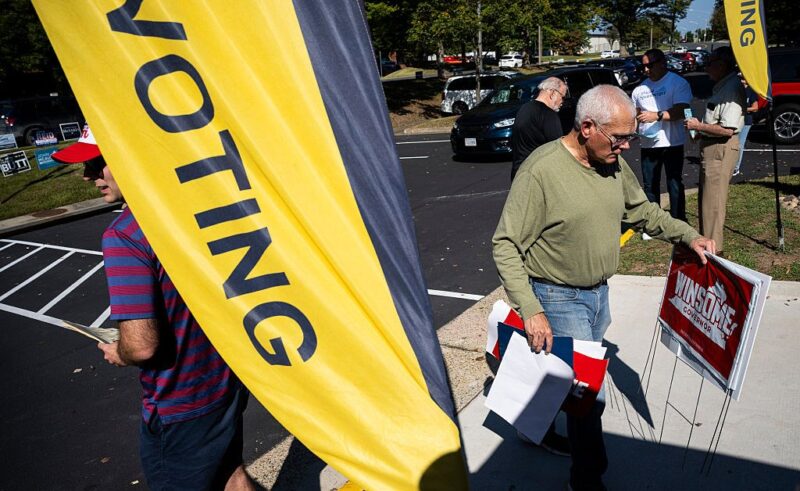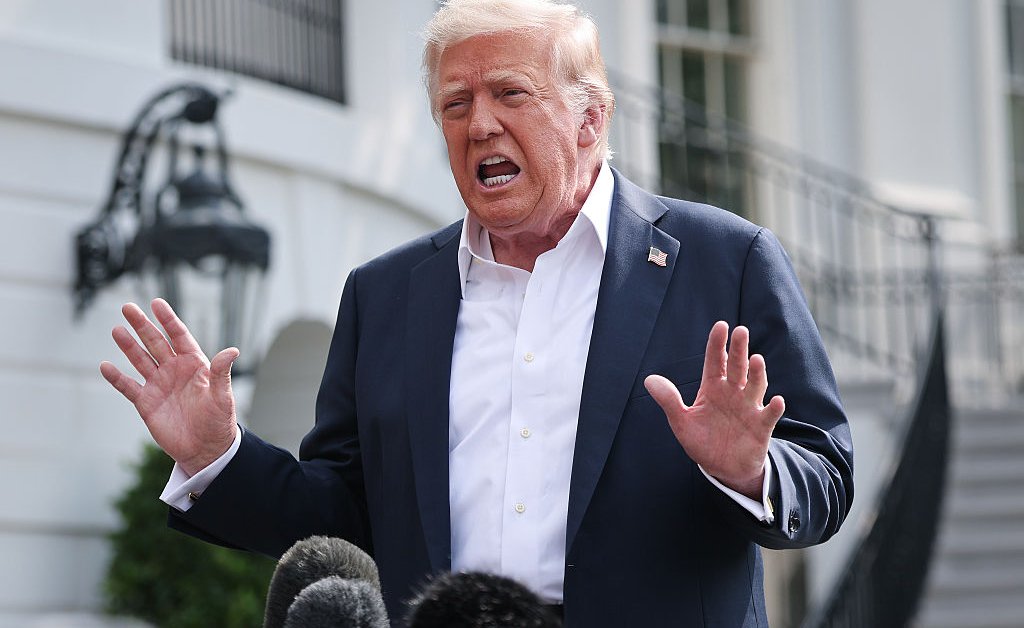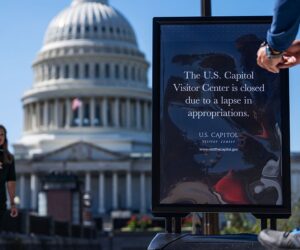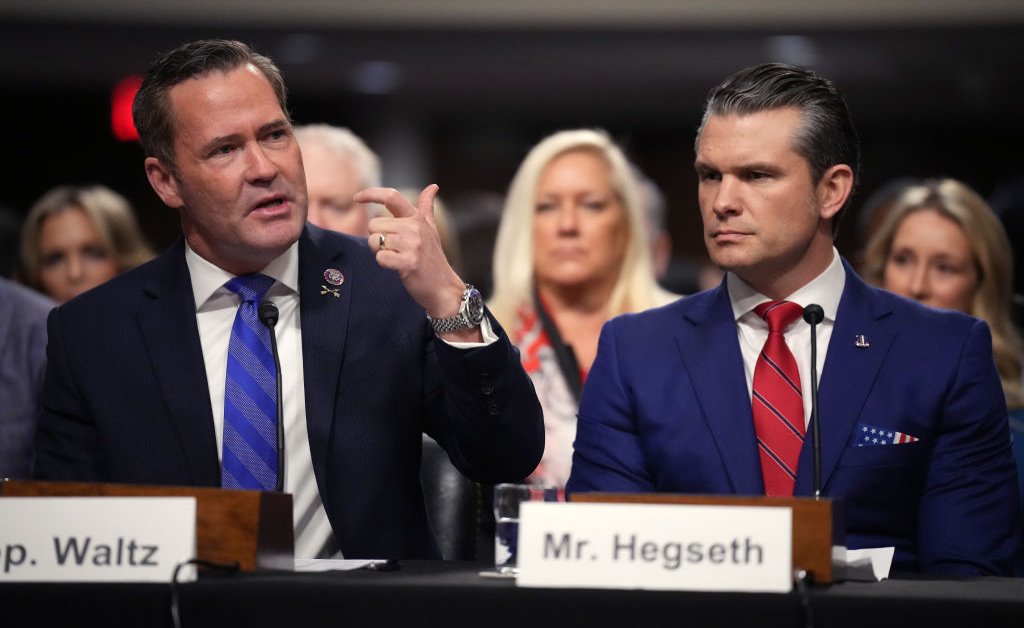All eyes are on the New Jersey and Virginia Governors’ races as they enter their last week. Pundits are looking to these races for insight on where voters stand on the Trump Administration a year before the midterm elections. These two races are receiving outsized attention largely because of how few races there are on the ballot.
What few know, however, is that the custom of having these statewide elections in off-years came about as a means of voter suppression — one that remains effective and costly.
Five states have off year elections for state government officials: the two on the ballot in 2025, as well as Mississippi, Louisiana, and Kentucky, which will have elections in 2027.
The roots of this practice date back to the Early Republic. In the early 19th century, states voted for President over a period of months and maintained a patchwork of election calendars. That began to change in 1845 when Congress standardized presidential elections as occurring on the first Tuesday after the first Monday in even-numbered Novembers. Nonetheless, term lengths and election schedules for state officials continued to vary. Governors, for example, served anywhere between one and four year terms, and their elections occurred in both odd and even years, depending on the state.
Beginning with Oregon’s admission to the U.S. in 1859, however, all states admitted to the union yoked their state elections to the pattern for federal ones. And in 1872, legislators officially added congressional elections to the same schedule as presidential ones. Most of the 32 states in the union before 1859 also began shifting to join the federal schedule of elections.
Read More: The Right to Vote Is on Trial at the Supreme Court
Slowly, the U.S. was moving toward standardized election timing. New England states had a tradition of one-year terms for governors, but only Massachusetts and Rhode Island continued it into the early 20th century. Meanwhile, only one state—New Jersey—stayed with three-year terms. Every other state had either two- or four-year terms, which enabled them to conform to the already-mandated federal elections in even-numbered Novembers if they so chose.
But four Southern states—Virginia, Louisiana, Mississippi, and Kentucky— bucked this pattern. These states had traditionally conducted their state-office elections in odd years dating back to the antebellum period. And despite the expense of running two sets of elections, these states continued with this tradition in an effort to safeguard conservative white control of their elections process from federal oversight.
The Fifteenth Amendment had prohibited denying or abridging voting rights based on race, color, or conditions of previous servitude. Yet, after its ratification in 1870, Southern states set about trying to circumvent the amendment’s intent by devising new ways to shape, control, and limit voting.
In every southern state, these efforts included new state constitutional conventions in the late 19th and early 20th centuries. These conventions enacted several well-known forms of voter suppression, including literacy tests and poll taxes. The goal was to limit the ability of African Americans to vote; these restrictions likewise disfranchised many poor whites. Between the presidential elections of 1880 and 1912, for example, Mississippi’s population grew by almost two-thirds while its electorate shrank remarkably. In 1912, only 3.5% of the state’s population voted.
Yet, even as they were adding new discriminatory measures, these constitutional conventions offered Virginia, Louisiana, Kentucky, and Mississippi the opportunity to adopt the even-year election schedules used by the other states. Instead, they chose to maintain state-office elections apart from federal ones. (In Louisiana, they even held state elections in the spring of even-numbered years until 1975, when they moved to off-year elections.)
The decision to maintain their now unusual schemes stemmed from fear that Congress might pass a “force bill,” in an attempt to require states to abide by federal laws relating to elections. Congress had passed several of these laws during Reconstruction as the federal government fought the Ku Klux Klan. And in 1890, Massachusetts Senator Henry Cabot Lodge proposed an Elections Bill, which would have mandated federal supervision of House elections. Southern states knew that such supervision would threaten their ostensibly neutral, but actually racially based, exclusions to voting. Lodge’s bill narrowly passed in the House before Southern senators successfully filibustered it in the Senate, the first of the modern southern-led filibusters on racial issues.
The four Southern states worried that Southern senators might not be able to hold off the tide forever. By maintaining off-year elections, they wanted to insulate at least their state-office elections from this threat of federal oversight.
They knew that any weakening of their ability to discriminate and exclude would threaten conservative whites’ grip on power. Twice—in Virginia in the 1880s and in North Carolina in the 1890s—coalitions of white and Black voters had disrupted the conservative white hold on southern states, and they were determined to avoid a recurrence. At the Virginia constitutional convention of 1901-2, future congressman, senator, and U.S. Secretary of the Treasury Carter Glass made this explicit: “Discrimination! Why, that is precisely what we propose.” The convention was elected, he said, to “discriminate to the very extremity of permissible action under the limitations of the Federal Constitution, with a view to the elimination of every negro voter who can be gotten rid of, legally.”
In Virginia, Mississippi, Louisiana, and Kentucky that meant not only literacy tests and poll taxes, but also bucking the trend toward one standardized election calendar.
In 1947, New Jersey joined this off-year-election group, likewise aiming to protect itself from federal trends, if quite different ones. Republican Governor Alfred E. Driscoll drove the shift, worried that the rising New-Deal-Democratic tide could sweep his state. In 1940, President Franklin D. Roosevelt had won his third election in a row, and, riding his coattails, a Democrat won the governorship of New Jersey. In 1947, the state held a constitutional convention, and while it altered elections in several ways—moving from three-year terms for governors to four and enabling them to be reelected to a second term, for instance—it refrained from aligning state elections with federal ones, ensuring that there would be no repeat of 1940.
Over time, Americans have normalized these off-year elections and lost sight of the politics and discrimination they sprang from. The Voting Rights Act banned the most effective voter suppression tactics like literary tests, and a constitutional amendment ended poll taxes. Yet, off-year state elections continue to serve their original function: limiting and shaping the electorate that chooses their state governments.
Read More: The Story of the Voting Rights Act Is a Lesson in Overcoming Setbacks
If recent history is a guide, the electorate in 2025 will include roughly 1.7 million fewer voters in New Jersey and 1.3 million fewer in Virginia compared to the electorate in 2020 and 2024. The impact is just as massive—roughly a 40% decline—for the other three off-year election states: Louisiana (900,000 fewer voters), Kentucky (800,000 fewer), and Mississippi (400,000 fewer).
Yet, these states resist joining all of the other states in holding their state-level elections at the same time as federal elections. Interestingly, unlike in other areas relating to voting, the parties haven’t polarized on this question. Over the last generation, Democrats have pushed to expand the electorate (passing, for example, the Motor Voter law in 1994, mandating that voter registration materials be accessible in a variety of government offices, as well as favoring laws expanding early voting). Republicans meanwhile have pushed against expansion, especially by supporting voter ID laws, which can make voting more time consuming, and in some cases, may require people to pay fees to secure IDs (which critics liken to a poll tax).

But when it comes to off year elections, there is no partisan divide. The reason may lie in the fact that these elections reduce the entire electorate, not a partisan portion of it. That produces erratic effects: while Kentucky and Louisiana have consistently voted for Republicans in even-numbered years (Democrats last elected U.S. senators in the two states in 1992 and 2008 respectively), Kentucky has a Democratic governor now, and Louisiana’s last governor was a Democrat as well. Likewise, New Jersey and Virginia have leaned Democratic in recent presidential contests, yet New Jersey has recently had a Republican governor, and Virginia has one now.
Partisanship aside, however, off-year elections result in fewer people participating in choosing their state government officials. They are also expensive, diverting tens of millions of dollars that the states could use for other purposes. One estimate placed the additional amount that Kentucky spent administering off-year elections at roughly $15 million every four-year cycle.
This reality means that New Jersey and Virginia taxpayers are paying a premium in their taxes to have their own vote suppressed this November. While pundits focus on what these elections will say about the mood of Americans toward the Trump Administration, the very fact that they are taking place at all deserves far more scrutiny.
Michael Trotti is professor of history and coordinator of legal studies at Ithaca College. He is the author of The End of Public Execution: Race, Religion, and Punishment in the American South and The Body in the Reservoir: Murder and Sensationalism in the South.
Made by History takes readers beyond the headlines with articles written and edited by professional historians. Learn more about Made by History at TIME here. Opinions expressed do not necessarily reflect the views of TIME editors.








